7 Benefits of Creative Writing: Is it an Essential Hobby for Students?
7 Benefits of Creative Writing: Is it an Essential Hobby for Students?

Creative writing is much more than just an enjoyable pastime; it’s a powerful tool that can significantly contribute to a student’s academic and personal growth. It encourages students to think critically, expand their vocabulary, and improve their writing skills in a way that traditional education sometimes cannot. By expressing themselves through stories, poetry, or essays, creative writing helps the creative writer and students develop a deeper understanding of language and its nuances, fostering a greater sense of creativity and innovation. As they experiment with different genres and techniques, they also become more confident in their ability to communicate their ideas effectively, both in writing and speaking.
In addition to academic benefits, creative writing nurtures emotional and mental well-being. It provides a safe space for students to explore and express their emotions, helping them process complex feelings in a constructive way. Writing creatively can also serve as a form of self-reflection, allowing students to gain a better understanding of themselves and their experiences. Furthermore, it promotes perseverance and discipline as students work through the challenges of creating compelling narratives. With all these advantages, creative writing becomes more than just a hobby—it becomes an essential activity that supports overall development, making it a valuable practice for students to incorporate into their lives. It is a creative process which helps in enhancement of critical thinking skills, plot development, narrative structure, literary analysis and gives unlimited access to many forms of creative writing techniques.
The Educational Benefits of Creative Writing: More Than Just Words on Paper

Creative writing is more than just an outlet for imagination—it’s a powerful tool that shapes a child’s educational growth by teaching them essential skills like structure, coherence, and effective communication. When children engage in creative writing, they learn how to organize their thoughts in a logical sequence, which is a foundational skill for expressing ideas clearly. Whether they are crafting short stories or essays, they begin to understand the importance of developing a clear beginning, middle, and end, allowing them to communicate their ideas more effectively. This understanding of structure is not only beneficial for creative writing skills but also enhances their ability to approach complex concepts in other academic subjects, making their overall learning experience more cohesive and focused.
As children explore different writing styles and genres, they also improve their grammar and vocabulary. Creative writing encourages them to experiment with sentence structures and word choices, expanding their linguistic toolkit in the process. This experimentation allows students to refine their grammar, as they learn how different elements of language work together to create meaning. They also gain confidence in their ability to use language creatively, building a strong foundation for both written and spoken communication. In turn, this enhanced linguistic proficiency helps children express themselves more clearly, whether they’re writing an essay or engaging in a classroom discussion, boosting their overall language skills. This improves their communication skills.
Students excel in writing skills and writing process which gives them to create their own blog post online. This has also resulted in professional success.

Beyond language mechanics, creative writing nurtures critical thinking and problem-solving abilities in children. As they develop characters and craft plotlines, they must consider various perspectives, motivations others perspectives, and potential outcomes. This process pushes them to think critically about how different elements fit together and how to create a satisfying resolution. By solving narrative challenges—such as how to resolve conflicts or build tension—children learn to approach problems from different angles, which translates into stronger problem-solving skills across subjects. Creative writing, therefore, doesn’t just foster academic growth in language and communication skills but also cultivates essential life skills that children carry with them into future learning and personal experiences.
Enhancing Critical Thinking Through Creativity: A Look at Writing as a Cognitive Skill

1. Boosting Problem-Solving Skills:
Creative writing helps students think critically by challenging them to make stories that have unique voices to explore and solve narrative problems, such as resolving conflicts and creating logical plot progressions. This process sharpens their ability to approach problems from different perspectives, a skill that transfers to academic subjects like math, science, and history.
2. Enhancing Logical Thinking:
When writing creatively, students learn to organize their thoughts, emotions and ideas in a structured manner. Crafting stories or writing their essays requires them to form coherent arguments for new ideas and present them logically, strengthening their ability to analyze and present information clearly.
3. Developing Reasoning Abilities:
Creative writing encourages students to use reasoning and evidence to support their ideas and fiction, especially when developing characters or justifying plot choices. This logical reasoning process is essential character development and for constructing well-rounded arguments, both in writing and verbal discussions with readers.
4. Encouraging Analytical Thinking:
Writing requires students to analyze situations and make decisions that shape their narratives. As they explore different character motivations and plot outcomes, students develop the ability to think analytically, which is crucial for academic success across disciplines. This gives them perspective to craft their own personal essays and share their own ideas, own experiences on a personal level with the help of creative writing degree.
5. Strengthening Argumentation Skills:
Through creative writing, students practice forming compelling arguments and presenting them effectively. Whether through dialogue or descriptive passages, creative writing teaches students to express their viewpoints persuasively, an essential skill for essays, debates, and research papers.
Benefits of Creative Writing Classes for Kids
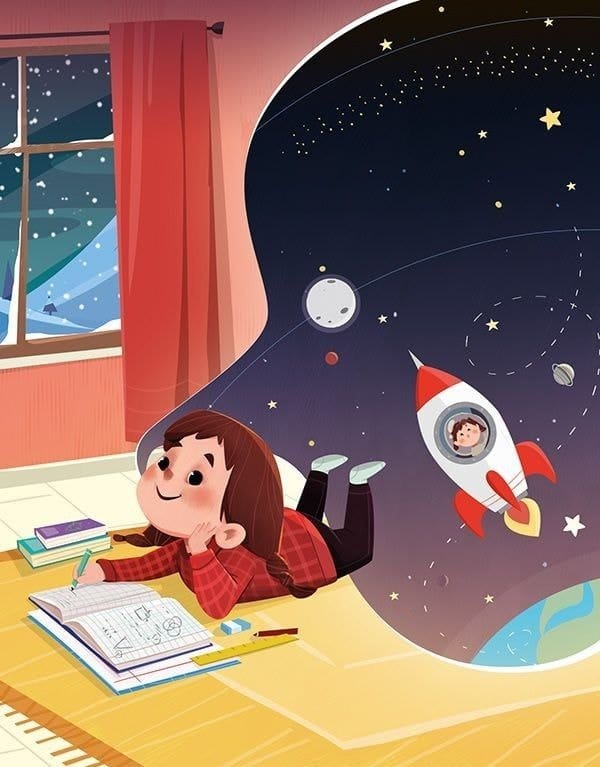
Writing classes provide structured learning experiences free writing, that help kids refine their skills. Whether through guided prompts or free writing exercises, creative writing offers many projects make students develop discipline and a love for language. Below are some of the biggest advantages of creative writing for kids.
1. Enhances Language Skills and Vocabulary
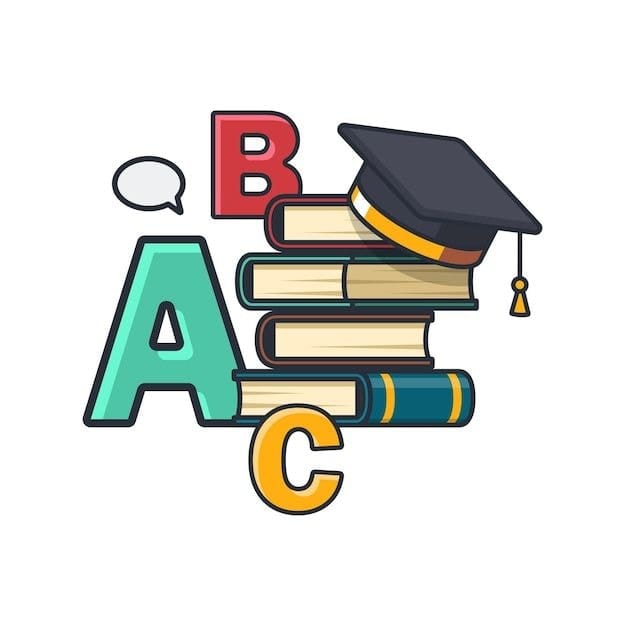
Creative writing classes provide children with the opportunity to immerse themselves in the intricacies of language. Through regular writing exercises, students are exposed to a broader range of vocabulary, sentence structures, and writing styles. For example, when children experiment with different genres—such as poetry, fiction, or fantasy—they encounter new words and phrases, which expands their lexicon. Writing prompts often challenge students to describe scenes or characters in greater detail, encouraging them to use more specific and varied vocabulary.
This helps them improve not only their vocabulary but also their understanding of syntax, punctuation, and grammar. As students continue to write and refine their work, they learn to manipulate language effectively, enhancing both their own written word, and verbal communication. By developing a stronger command of language, children gain the ability to express their thoughts more clearly and confidently, which plays a significant role in their academic success and everyday interactions.
2. Fosters Imagination and Creativity
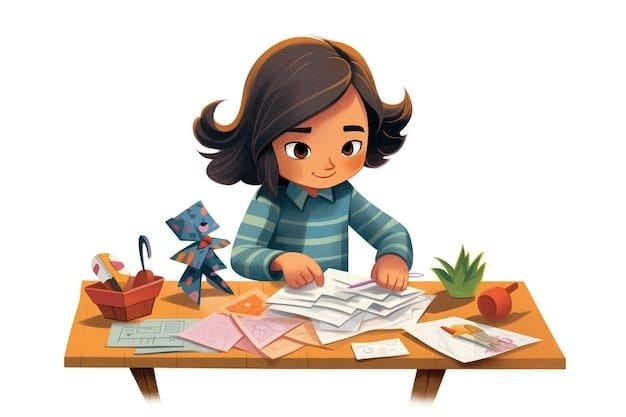
One of the most valuable aspects of creative writing classes is their ability to spark imagination and encourage students to think creatively. Writing allows children to explore different worlds, characters, and scenarios, offering them the freedom to invent and shape their own narratives. Whether they are creating fictional characters, building intricate worlds, or experimenting with different storylines, creative writer has students learn to think outside the box.
This creative freedom nurtures their ability to visualize concepts and think abstractly, enhancing their problem-solving skills. As they practice bringing their imaginative ideas to life on paper, students also learn how to organize their thoughts and express them in an engaging manner. By engaging with storytelling and creative exercises, children strengthen their creativity and imagination, which in turn can positively impact their ability to approach tasks and challenges from multiple perspectives—an essential skill not just for writing, but for all areas of learning.
3. Improves Critical Thinking and Analysis

Creative writing also plays a critical role in developing analytical and critical thinking skills in children. When writing stories or essays, students must analyze and organize their ideas logically. They consider the cause-and-effect relationships between events, examine how different characters might respond to situations, and determine the consequences of those actions. For instance, crafting a plot requires a child to think critically about how to build tension, create conflict, and resolve it in a satisfying manner. These skills translate beyond writing; the process of structuring, writing craft and analyzing narratives helps students develop the ability to break down complex ideas and think through problems systematically.
In academic subjects such as math, science, and social studies, the ability to approach questions logically and critically is crucial, and creative writing sharpens these skills. As children grow more comfortable with analyzing their own creative writing themselves, they begin to apply this same analytical approach to other areas of their studies, enhancing their overall academic performance.
Provides Emotional Expression and Catharsis
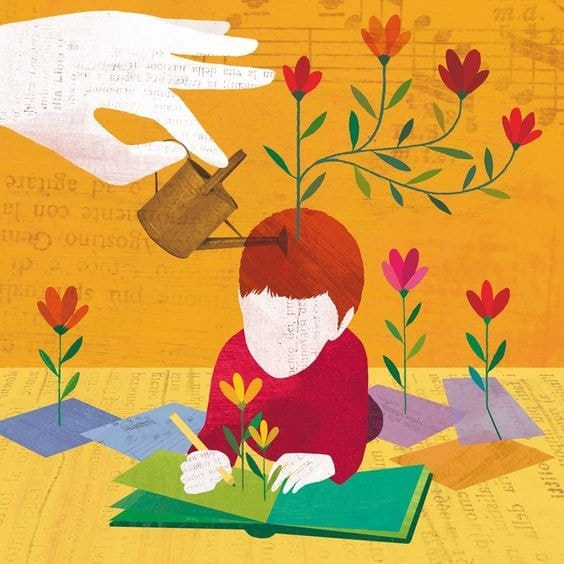
Creative writing degree serves as an important outlet for emotional expression, allowing children to process and articulate their feelings in a constructive manner. Writing can provide a therapeutic space where students express emotions they may have trouble verbalizing, such as sadness, frustration, or excitement. By creating stories or journaling, children can reflect on their own experiences, better understand their emotions, and even gain a sense of closure on difficult situations. This cathartic process helps children manage stress and anxiety, as writing can be an effective way to release pent-up feelings. Moreover, creative writing classes often encourage students to explore different emotions through their characters, giving them a safe space to examine complex feelings in a fictional context. By learning how to express themselves through writing, children not only helps develop their emotional intelligence but also develop a greater sense of empathy, as they begin to understand and relate to the emotions of others through the characters they create. This polishes their self esteem.
Boosts Confidence and Self-Esteem
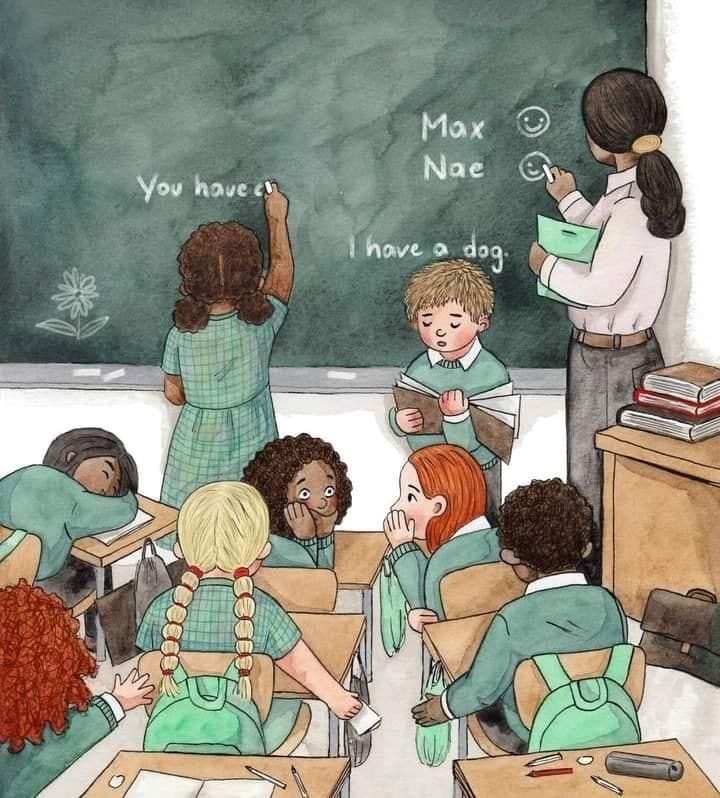
Completing a piece of writing—whether it’s a short story, a poem, or an essay—gives students a tangible sense of accomplishment. This feeling of success fosters self-confidence and encourages them to take creative risks. As students see their ideas transform into finished works, they gain a greater appreciation for their very own writing abilities, reinforcing their belief in their creative potential. This confidence extends beyond the writing process and can positively influence other areas of a child’s life. When students feel proud of their work, they become more willing to share their ideas with others, whether in class discussions, group projects, or presentations. Furthermore, seeing their own writing in progress over time boosts self-esteem and encourages them to continue challenging themselves. Creative writing classes also often provide positive feedback and constructive criticism, helping students refine their skills while also reinforcing their sense of accomplishment. As children learn to take ownership of their work and trust in their creative abilities, their self-esteem grows, allowing them to become more confident in expressing themselves in various contexts.
About Codeyoung

Learning creative writing with Codeyoung offers numerous benefits that help students unlock their full potential. Codeyoung’s creative writing program provides a structured, engaging environment where children can explore their imagination while developing essential writing skills. Through interactive lessons, students learn to express their ideas clearly, organize their thoughts logically, and build compelling narratives, improving both their creative and academic performance.
Benefits of learning Creative Writing at Codeyoung:
Boosts Confidence
Develops Critical Thinking
Improves Academics
Sparks Love for Writing
Refines Communication
BOOK YOUR FREE TRIAL CLASS NOW!
Creative Writing - FAQs
What are the key benefits of creative writing classes for kids in fostering a love for literature?
Creative writing classes offer key benefits in fostering a love for literature by providing children with a hands-on, interactive experience with different forms of writing. By exploring storytelling, fiction, poetry, and nonfiction, students are introduced to a wide array of literary styles, which helps them appreciate the diversity of literature. These classes encourage children to experiment with their own writing, enabling them to see how stories, poems, and essays come to life on paper. As they engage with various genres, children become more excited about the creative possibilities that literature offers, leading to a deeper love for reading and writing.
In what ways can creative writing contribute to a child's emotional well-being and self-expression?
Emotional Outlet: Writing provides a safe space for children to express emotions they might find difficult to verbalize.
Self-Discovery: Creative writing helps children explore and understand their feelings, building self-awareness.
Stress Relief: Journaling or storytelling offers a therapeutic outlet for reducing stress and anxiety.
Boosts Confidence: Completing a creative writing piece fosters a sense of accomplishment and self-esteem.
Enhances Imagination: Writing allows children to engage in imaginative play, promoting creativity and emotional exploration.
Empathy Development: Writing characters and stories helps children understand different perspectives, enhancing empathy.
Cognitive Growth: Creative writing encourages reflective thinking, helping children process their emotions more clearly.
How does creativity in writing enhance a student’s overall academic performance and critical thinking abilities?
Improved Problem-Solving: Creative writing challenges students to think critically and develop solutions within narratives.
Enhanced Analytical Skills: Writing forces students to analyze situations, characters, and plot structures, strengthening analytical thinking.
Better Organization: Creative writing teaches students to structure their ideas logically, improving their ability to organize information in other subjects.
Stronger Argumentation: Crafting narratives hones students' ability to form and support arguments, aiding in persuasive writing and discussions.
Increased Focus and Discipline: The process of writing creatively cultivates perseverance, improving focus and time-management skills across all academic tasks.
How do the benefits of creative writing extend beyond the classroom into everyday life for students?
Improved Communication: Creative writing enhances students' ability to express ideas clearly in everyday conversations.
Emotional Intelligence: Writing fosters empathy and helps students understand and relate to others’ emotions.
Critical Thinking: It strengthens problem-solving and decision-making skills applicable in daily life.
Time Management: Writing encourages discipline, helping students better manage tasks and responsibilities.
Creative Thinking: Creative writing sparks innovation, making students more adaptable and resourceful in real-world situations.
Can you explain how creativity in writing impacts problem-solving abilities in young learners?
Encourages Innovation: Writing allows students to explore unique solutions, enhancing their ability to think creatively in problem-solving.
Promotes Critical Thinking: Creative writing requires students to analyze situations and anticipate outcomes, sharpening their decision-making skills.
Fosters Flexibility: Writing encourages students to view problems from different perspectives, helping them find multiple solutions.
Develops Persistence: The process of refining stories or ideas teaches resilience, helping students tackle challenges without giving up.
Improves Analytical Skills: Writing narratives requires breaking down complex ideas into manageable parts, strengthening students' ability to analyze and solve problems.
What role do creative writing classes play in nurturing imagination and innovation among students?
Sparks Originality: Creative writing classes encourage students to explore new ideas and invent unique stories or characters.
Stimulates Critical Thinking: Writing fosters out-of-the-box thinking, prompting students to innovate and approach challenges creatively.
Encourages Risk-Taking: Students are empowered to experiment with unconventional ideas, fostering a growth mindset.
Enhances Visual Imagination: Writing exercises help students envision and build complex worlds and scenarios, boosting their creativity.
Fosters Independent Thinking: Creative writing promotes self-expression, allowing students to develop their own innovative voices and perspectives.
How can understanding the benefits of creative writing motivate parents to enroll their children in writing programs?
Boosts Communication Skills: Writing enhances children's ability to express themselves clearly, benefiting all areas of life.
Builds Confidence: Completing writing projects instills a sense of accomplishment and self-assurance.
Improves Academic Performance: Creative writing strengthens critical thinking, language skills, and overall academic success.
Encourages Emotional Expression: Writing provides a healthy outlet for children to process and articulate their emotions.
Fosters Lifelong Skills: Creative writing nurtures problem-solving, creativity, and independent thinking, preparing children for future challenges.
How can creativity in writing serve as a foundation for future academic and career success for students?
Enhances Communication Skills: Creative writing improves both written and verbal communication, essential for academic and professional success.
Develops Critical Thinking: Writing fosters analytical skills, enabling students to approach problems creatively and effectively.
Boosts Creativity and Innovation: Creative writing encourages out-of-the-box thinking, valuable in problem-solving and innovation across fields.
Strengthens Discipline and Focus: The writing process teaches persistence and time management, crucial for academic and career tasks.
Encourages Emotional Intelligence: Writing nurtures empathy and emotional awareness, skills that improve collaboration and leadership in the workplace.
Comments
Your comment has been submitted successfully!